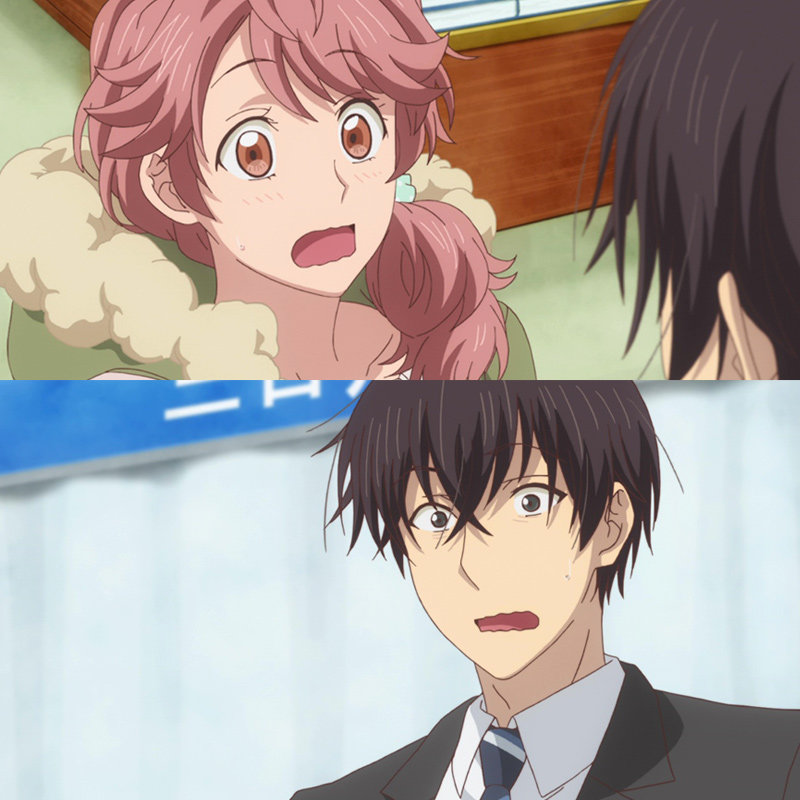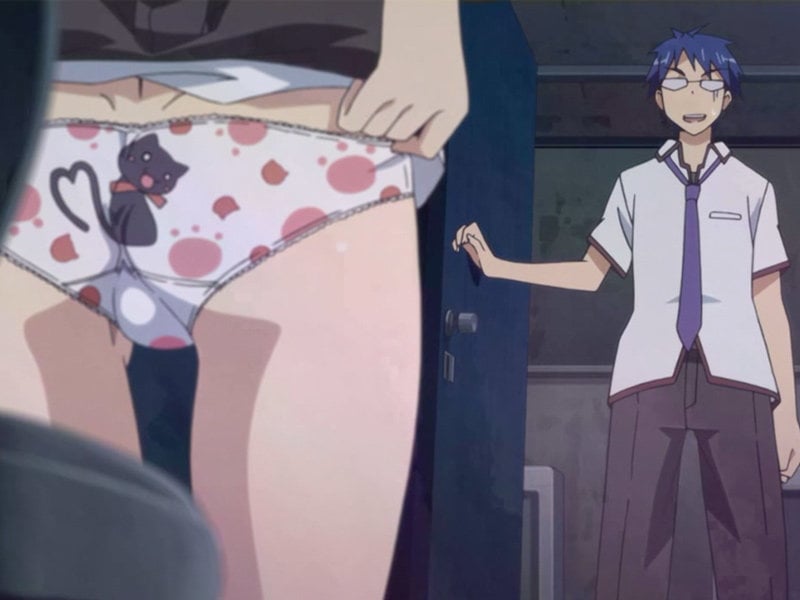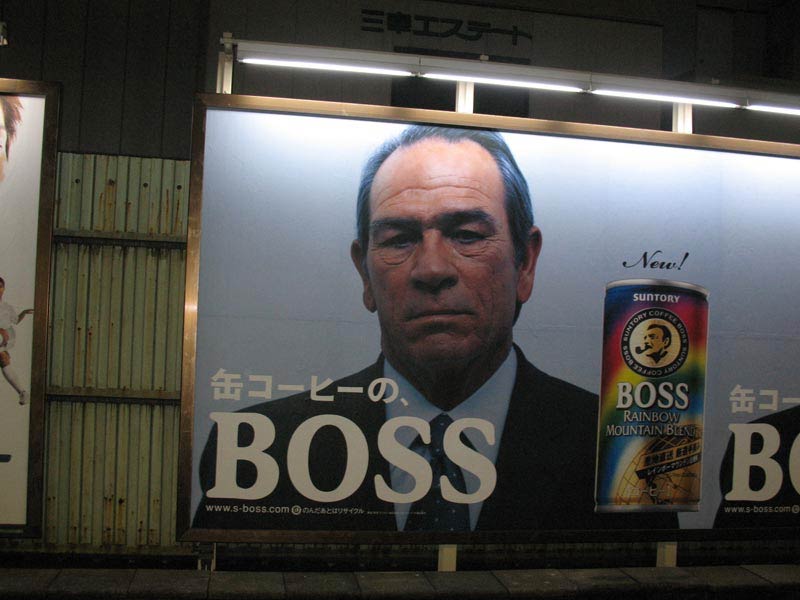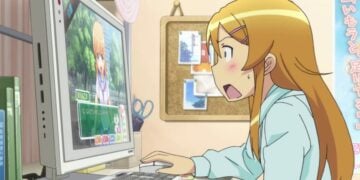You’ve been in Japan too long when you pay over $70 for a Captain Santa T-shirt and realize a few days later how much you really spent. It’s true: despite the “deflation” you might have heard about — which was mainly companies increasing their efficiency during the recession years and passing the savings on to consumers — Japan can be an expensive place. Virtually everything, from construction materials to gasoline (which is the equivalent of $4.50 a gallon now), is priceier here then in other parts of the world, and food costs consume a quarter of the average household budget. One problem is that the ways goods are sold in Japan is still too structured, with products coming into the hands of consumers through established routes and multiple levels of distribution, which adds to the prices. But there’s something about living in Japan that compels a person to want to own things he wouldn’t otherwise bother with, like the above-mentioned T-shirt I bought in 1992 featuring Captain Santa, a line of high-end clothing featuring images of Santa at the beach. It was the best T-shirt I’ve ever owned in my life, but at $70, I probably should have had my head examined. From toilet seats that wash your butt to the 20+ varieties of massage chairs they sell here, there sure are a lot of ways to spend your money in Japan.
Part of raising kids in Japan means attending sankanbi, or parent’s day, a day when mothers and fathers can come see their kids in class. Today was the first parent’s day at my son’s new school, so I took half a day off to go see what his classes were like. The experimental school, which is taught 70% in English and 30% in Japanese, is a completely new concept in Japan, and there’s been a lot of anxiety over whether the city could pull it off. My biggest concern was, how can you make a roomful of Japanese kids learning from an American teacher who understands Japanese actually use English? The answer was the “Japanese mat.” If a child wants to say something in his native language, he has to ask “May I speak Japanese?” then after getting permission, go stand on the Japanese mat and say what they need to say. I was very impressed. Like all such school events, most parents were armed with the latest video camera for recording their child for all eternity. Most Japanese parents really go overboard when it comes to their kids — which is called oya-baka or “parent-fool” if you want to know — but I am exactly the same way myself.
We’ve got some happy news: we’re finally ready to announce the Friends of J-List Affiliate Program! We receive many requests from J-List fans who want to help evangelize our brand of wacky Japanese pop culture, and after many months, we’re finally able to launch the program officially. If you’ve got an established website and want to help people find J-List, you can receive cash commissions or store credit for every order. We’ve taken an extra-long time to launch the program because we wanted to make sure everything was done right, and we’re very happy with the robust affiliate system we’ve got in place now. To read more about the Friends of J-List Program or sign up, see this page.















